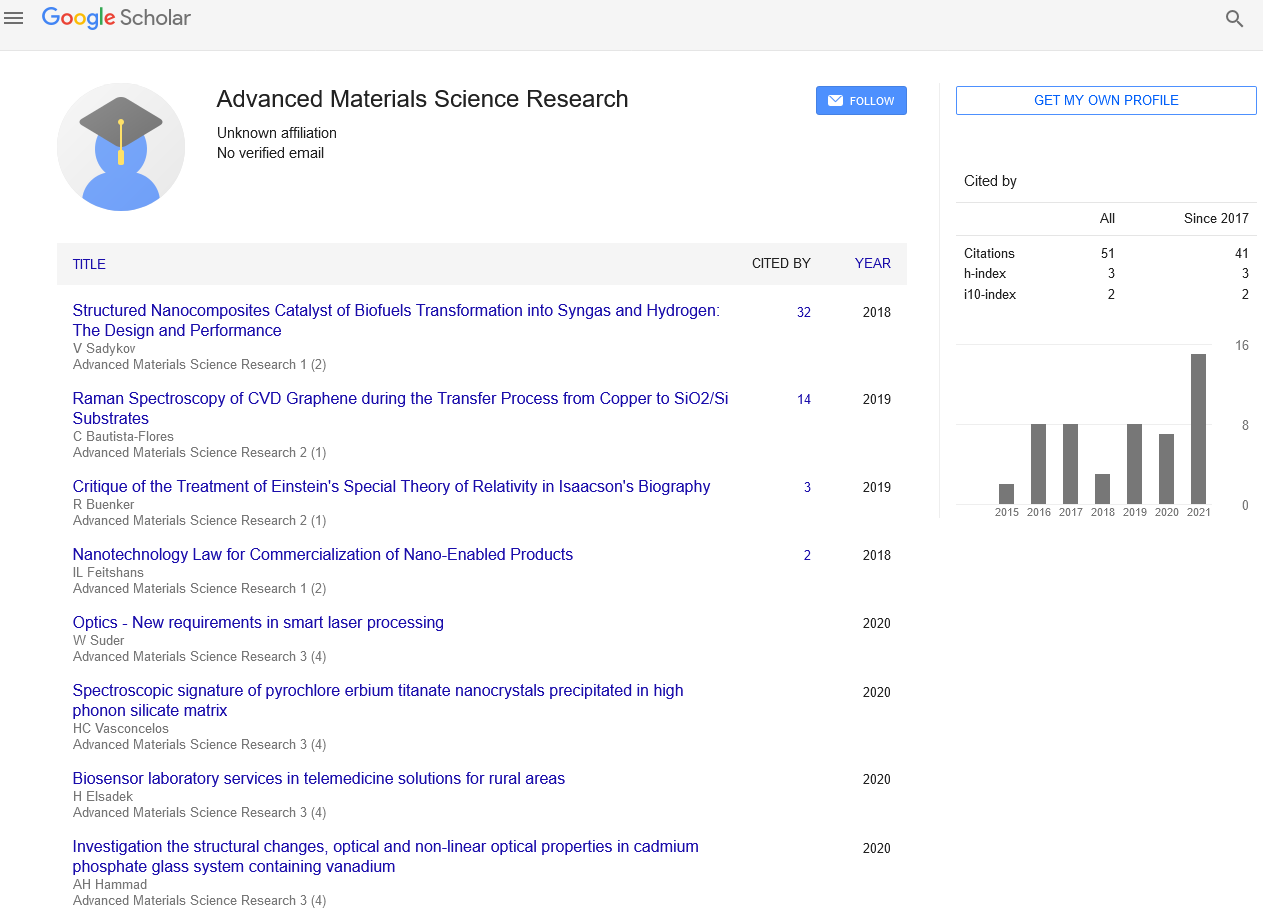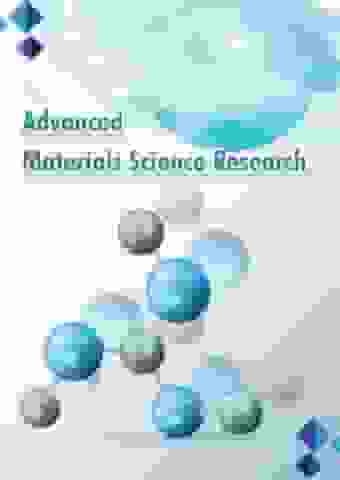Perspective - Advanced Materials Science Research (2025) Volume 8, Issue 1
Antibiotic Resistance: A Growing Global Threat
Xian Young*
Department of Microbiology, Zhejiang University, Zhejiang, China
- *Corresponding Author:
- Xian Young
- Department of Microbiology, Zhejiang University, Zhejiang, China
- E-mail: Yooni@xian.com.cn
Received: 03-Jan-2024, Manuscript No. AAAMSR-24-124385; Editor assigned: 05-Jan-2024, Pre-QC No. AAAMSR-24-124385 (PQ); Reviewed: 19-Jan-2024, QC No. AAAMSR-24-124385; Revised: 20-Mar-2025, Manuscript No. AAAMSR-24-124385 (R); Published: 27-Mar-2025, DOI: 10.37532/ aaasmr.2025.8(1).239-240
Introduction
Antibiotic resistance poses a formidable challenge to global public health, as the efficacy of these life-saving drugs diminishes in the face of evolving microbial threats. Inter-metallic interactions play a crucial role in understanding and addressing antibiotic resistance, offering insights into the molecular mechanisms that drive the development of resistance and potential strategies to combat it Antibiotic resistance represents a critical global health challenge, threatening the efficacy of antimicrobial agents and complicating the treatment of bacterial infections. The intricate interplay between microbes and metals, particularly inter-metallic interactions, plays a pivotal role in shaping the landscape of antibiotic resistance. This exploration delves into the multifaceted dimensions of antibiotic resistance, emphasizing the contribution of inter-metallic interactions in fostering resistance mechanisms and the potential avenues for innovative solutions.
Description
Antibiotic resistance: A growing menace
Antibiotics have been instrumental in modern medicine, saving countless lives by combating bacterial infections. However, the widespread and often indiscriminate use of these drugs has spurred the evolution of resistant bacterial strains. The consequences are far-reaching, with implications for public health, clinical practice, and global well-being.
Understanding antibiotics
Antibiotics are a diverse group of drugs that target bacteria and fungi, either by killing them or inhibiting their growth. The discovery of antibiotics revolutionized medicine, leading to unprecedented advancements in treating bacterial infections. However, the misuse and overuse of antibiotics have accelerated the emergence of resistant strains, jeopardizing the effectiveness of these vital medications.
Mechanisms of antibiotic resistance
Antibiotic resistance arises through various mechanisms, and inter-metallic interactions can shed light on the molecular intricacies involved. One common mechanism is the alteration of the target site, where inter-metallic bonds within bacterial proteins can influence the binding affinity of antibiotics. This structural modification hinders the drugs’ ability to effectively target and neutralize the bacteria, rendering them resistant.
Global collaborations and initiatives
Given the global nature of antibiotic resistance, collaborative efforts are imperative. International initiatives, such as surveillance programs and regulatory frameworks, aim to monitor and control antibiotic use, minimizing selective pressure. Inter-metallic studies contribute vital insights to these efforts, fostering a comprehensive understanding of the problem and guiding coordinated global responses.
Inter-metallic interactions: Molecular nuances
Inter-metallic interactions involve the bonding and coordination of metal ions, influencing the structure and function of biological molecules. In the context of antibiotic resistance, these interactions come to the forefront, affecting the efficacy of antimicrobial agents at various levels.
Mechanisms of antibiotic resistance
Understanding the mechanisms of antibiotic resistance is crucial for devising effective counterstrategies. Inter-metallic bonds within bacterial proteins can induce conformational changes, altering the binding sites targeted by antibiotics. This structural modification diminishes the drugs’ effectiveness, providing a molecular basis for resistance development.
Horizontal gene transfer
Inter-metallic interactions also play a role in horizontal gene transfer, a process through which bacteria exchange genetic material. This phenomenon contributes significantly to the spread of antibiotic resistance genes among different bacterial species. Metal ions can act as cofactors in enzymes involved in DNA transfer, influencing the efficiency of gene exchange and contributing to the dissemination of resistance traits.
Biofilm formation and resistance
Bacterial biofilms, composed of communities of microorganisms encased in a protective matrix, exhibit heightened resistance to antibiotics.
Inter-metallic interactions within the biofilm matrix contribute to its stability and impede the penetration of antibiotics. Understanding these interactions is crucial for developing strategies to disrupt biofilms and enhance antibiotic susceptibility.
Role of metal ions in antibiotic efficacy
Certain metal ions can enhance or diminish the efficacy of antibiotics. Interactions between metals and antibiotics may result in the formation of complexes that alter the drugs’ bioavailability and mode of action. This phenomenon has implications for the design of new antibiotics and the optimization of existing ones to combat resistance effectively.
Environmental factors and antibiotic resistance
Inter-metallic interactions extend beyond the laboratory and clinical settings, impacting the environmental dimension of antibiotics.
Conclusion
Antibiotic resistance is a complex challenge that requires a multidimensional understanding for effective mitigation. Inter-metallic interactions emerge as a key player in shaping the landscape of resistance, offering insights into molecular mechanisms and potential solutions. Navigating this intricate terrain opens avenues for the development of targeted interventions, ensuring the continued efficacy of antibiotics in safeguarding public health.

